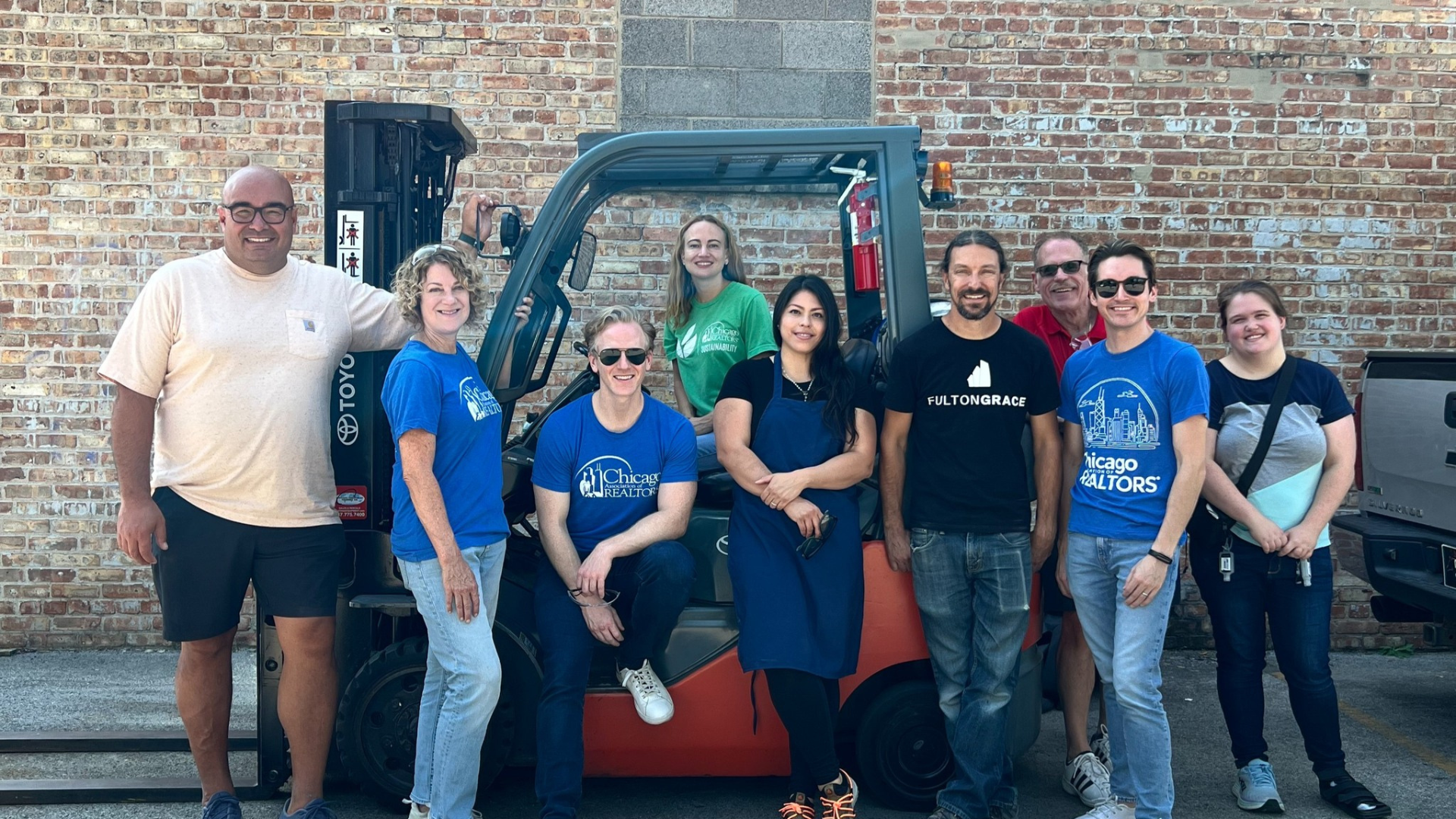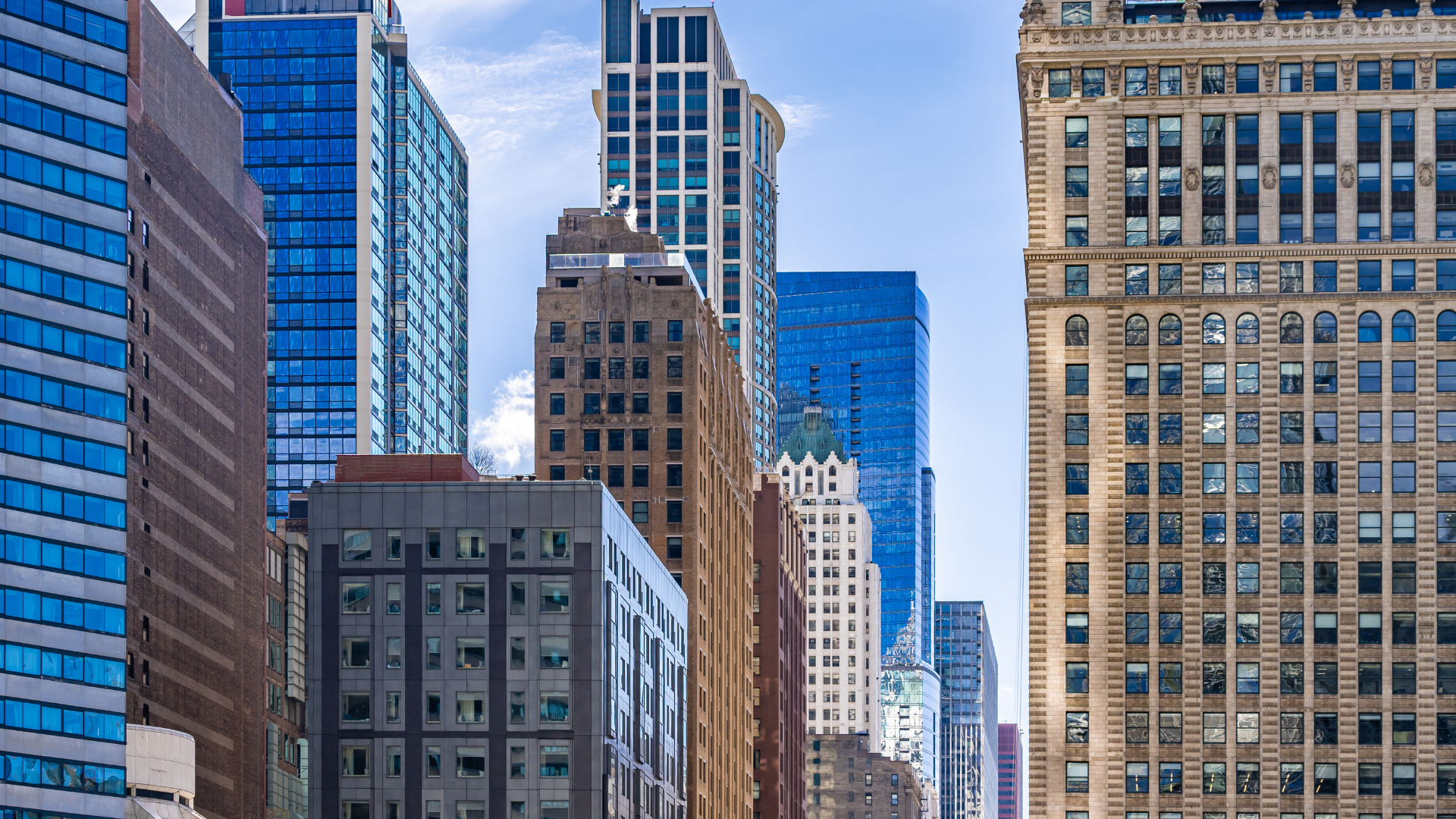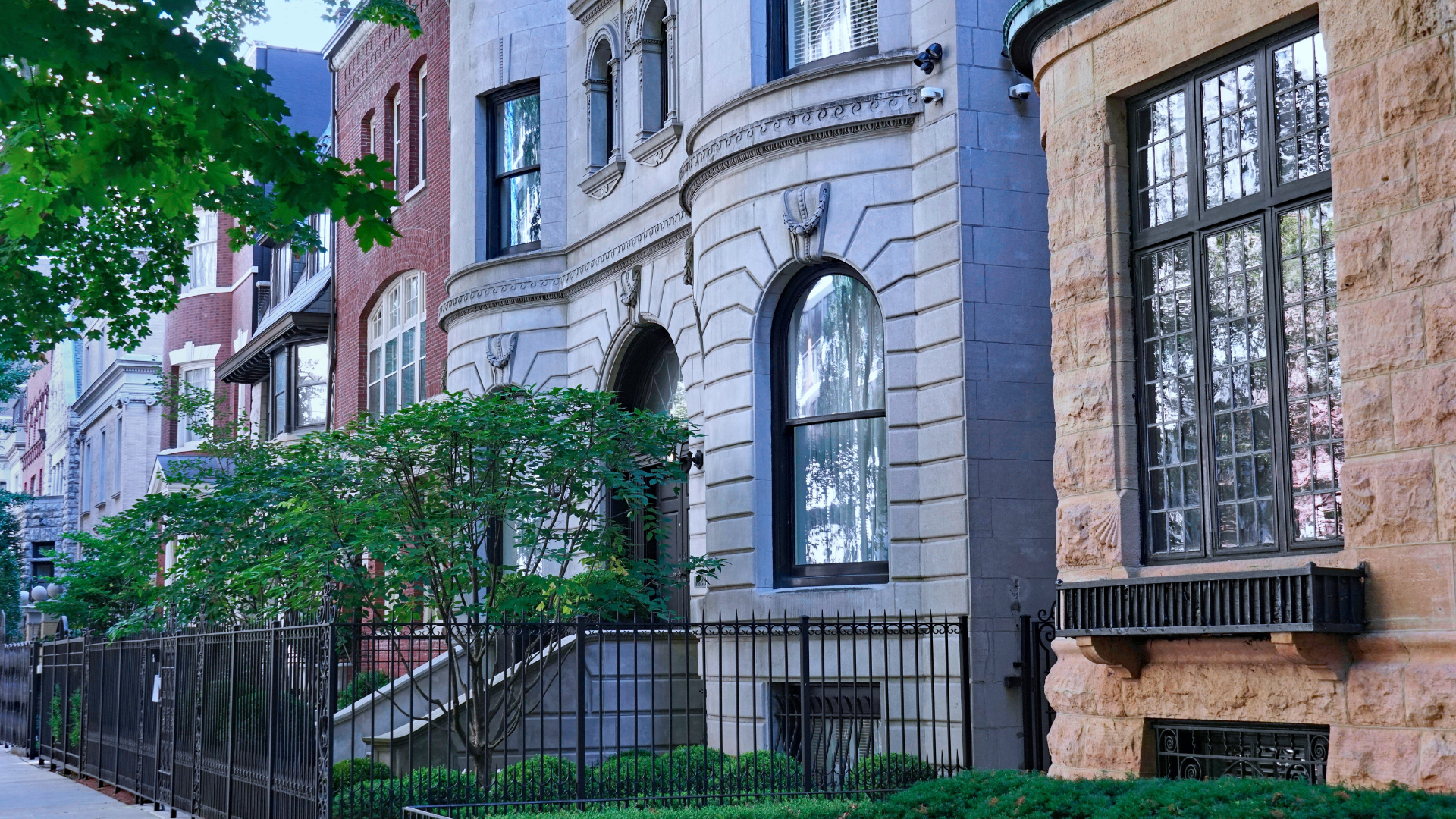Sustainability is an increasingly hot topic in the real estate industry, gaining more interest and popularity with each passing year. According to the 2018 National Association of REALTORS® (NAR) Sustainability Resource Guide, 61% of members said their clients are expressing interest in sustainability and want these features included in their homes
What does that mean for you as a REALTOR® and your business? “Real estate brokers should be the ones educating homeowners on sustainability,” George Tully, our Sustainability Work Group Chair and broker at @properties said. With the help of members of our Sustainability Work Group, we have compiled some easy tips to help you and your clients get started on a greener lifestyle.
Start Small
Where should you begin? Melissa Govedarica, Sergio & Banks Real Estate, shared some personal insight. “People in general want to be green, but a lot of people won’t pay for it,” she said. But if implementing sustainability into the home seems like a daunting task, it’s easy to start small!
“Sustainability can still be done by implementing small things like installing central vacuum systems and sustainable materials like quartz countertops,” she said. “You can also start composting and using formaldehyde free products, which can all be done for a smaller fee,” she said.
Tully echoed this sentiment. “Thermostats and smart home monitoring will all pay for themselves in the long run with a savings in utilities.” And, make sure to keep your eyes out! In the Chicago area, ComEd and other companies will often offer rebates for the purchase of smart thermostats and other energy saving tools. But it’s also important to remember that not all changes will result in immediate cost savings for your clients. The savings could take a while to see, but they will start paying off slowly and in time.
It’s also important to remember that old adages about sustainability still remain true:
- Ensure you are using energy-efficient bulbs.
- Turn off lights when you leave a room.
- Don’t let your water run.
- Unplug appliances when they’re not in use.
- Turn off TVs when you’re not actively watching them.
These are all small tasks that can be incorporated to save you and your clients money in the long run.
Sustainability can also be looked at in terms of the size of a home. Smaller homes, in general, will use less electricity and water than bigger homes and will also take less energy to cool or heat. For your clients, this plays into their true needs and comfort when deciding on the size of a new home or even adding an addition to a home.
Critique Your Materials
It’s important to look at the materials that are already in a home or that a client may be looking to add to their home as a way to incorporate sustainable, healthy materials.
“Quartz and porcelain tiles are considered sustainable materials, are in fashion and used readily now,” Govedarica said. These are great alternatives to materials like marble, which is a nonrenewable resource and is energy-intensive to create.
Shay Hata, a broker with Berkshire Hathaway HomeServices who serves on the Sustainability Work Group, said it’s important to take a good look at the flooring in a home. “For flooring, clients shouldn’t get carpet because of dust mites and mold,” she said. “Wool is a better option if you want it. Hardwood floors are the healthiest to get. Vinyl and other synthetic floorings will release offgases for a period of time.”
Hata’s advice for clients when looking at materials for their home is simple: “Research every product you’re putting in your home because many emit gases over time.”
If your clients are purchasing a new construction home and are concerned about the materials that were used, Hata shared her tips for ensuring the home is ready. Before moving into the home, if you can smell paint or flooring, this means they are still releasing chemicals into the home. “I recommend new construction clients to hotbox the house,” she said. Turn up the heat and close all the windows. This will help speed up the release of chemicals and kill off germs in the home. “Then, open the windows to release the germs and speed up the off-gas process,” she said. If you don’t want to hotbox the house, an air purifier will also do the trick.
Smart Landscaping
When it comes to the outside of a home, curb appeal is important, but homeowners don’t want to continuously be making changes to their landscape. Sustainable landscaping options will last longer, need less water and require less maintenance in the long run. Take into consideration plants that are native to the climate, irrigation systems and more.
Govedarica worked with new construction developments in the First Ward in the early 2000s, and they were conservative by saving water runoff that could be sourced and used in different ways in the construction process. This idea can easily be translated into a home. Sanitary sewage water can be used for irrigation.
Being smart about the placement of plants in a yard can also have long-term, positive effects on a home’s energy savings. Take, for instance, a large tree. If placed in the correct spot outside of the home, specifically the west side, the shade from the tree can significantly reduce the sunlight in the home and, thus, there will be less heat, which will help keep your house cooler.
Look Outside the Home
While sustainability in housing is becoming increasingly important, so is, of course, environmental conscientiousness. When it comes to homebuying and even renting, properties that stand out are ones that consider the local environment. Many homebuyers find walkability, access to areas such as parks and community gardens, proximity to public transportation and recycling options to be more appealing.
The desirability of neighborhoods where these options are readily available continues to grow. A study by NAR confirmed the relationship between real estate values and distance from public transportation. These neighborhoods tend to have a two to four percent higher median sales price of their homes. They save $2,500 to $4,400 in transportation per home, and commercial value price per square feet saw a five to 42 percent increase.
Getting Comfortable
“In the next five to ten years, REALTORS® will need to be able to talk about sustainability in the same way we are now talking about lead-based paint and radon,” Tully said.
As REALTORS®, you are counted on to be an asset to homebuyers in their process of buying a home. Being a sustainability resource will help you to best assist clients and direct them to available programs, tools, products and insight.
What We’re Doing
If you’re looking for ways to be more knowledgeable and to help your clients, we are here to help. Our sustainability initiative provides resources to create sustainable buildings and lifestyles, with the ultimate goal of positively impacting property values and the environment. If you are looking for blogs to gain new knowledge, handouts that can be provided to clients looking for more information, sustainability education options and more, our sustainability hub at ChicagoREALTOR.com/Sustainability.
As we want to be a go-to source for you, we also want to make sure you are a go-to source for your clients for best sustainability practices and trends!







